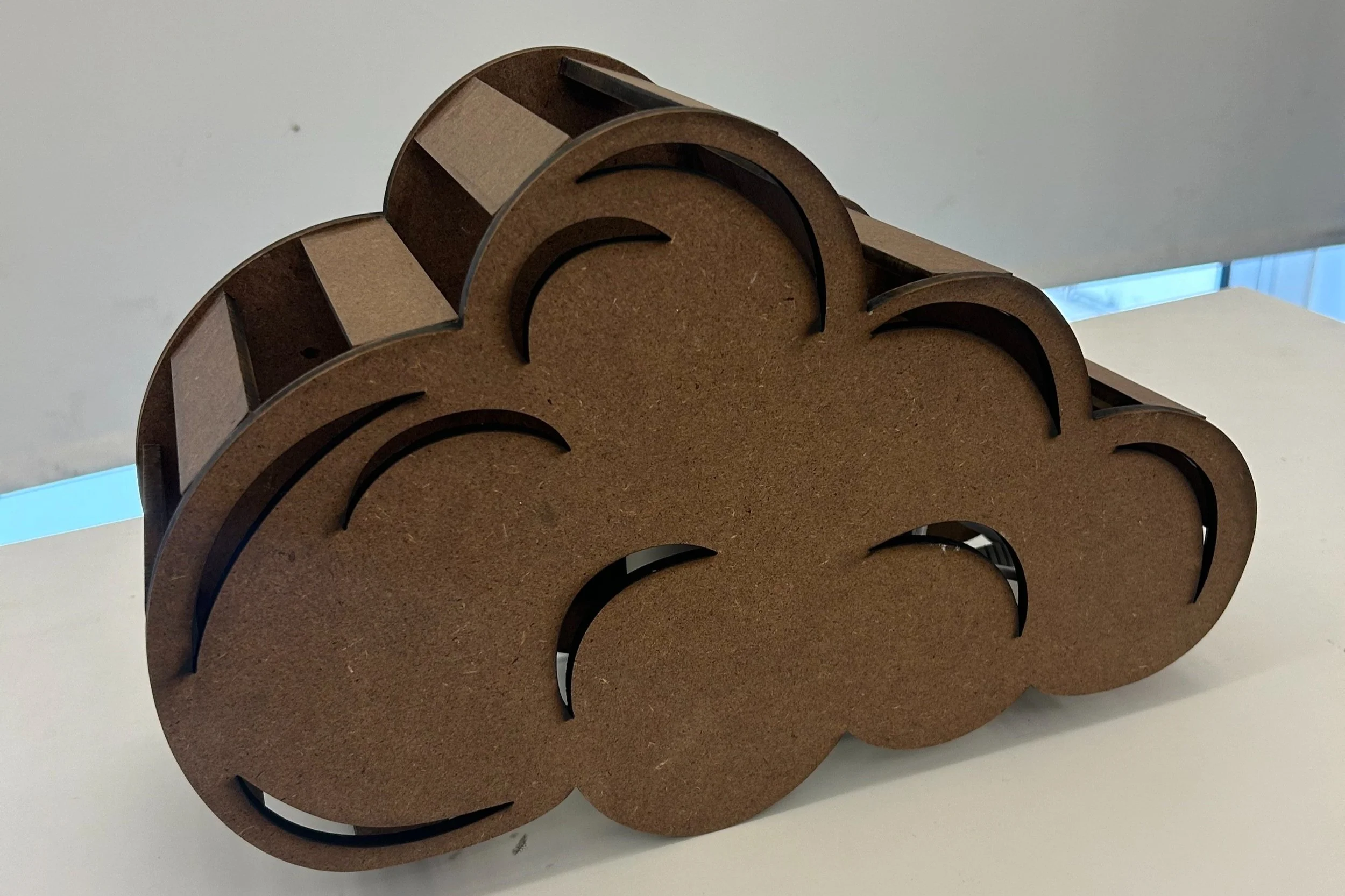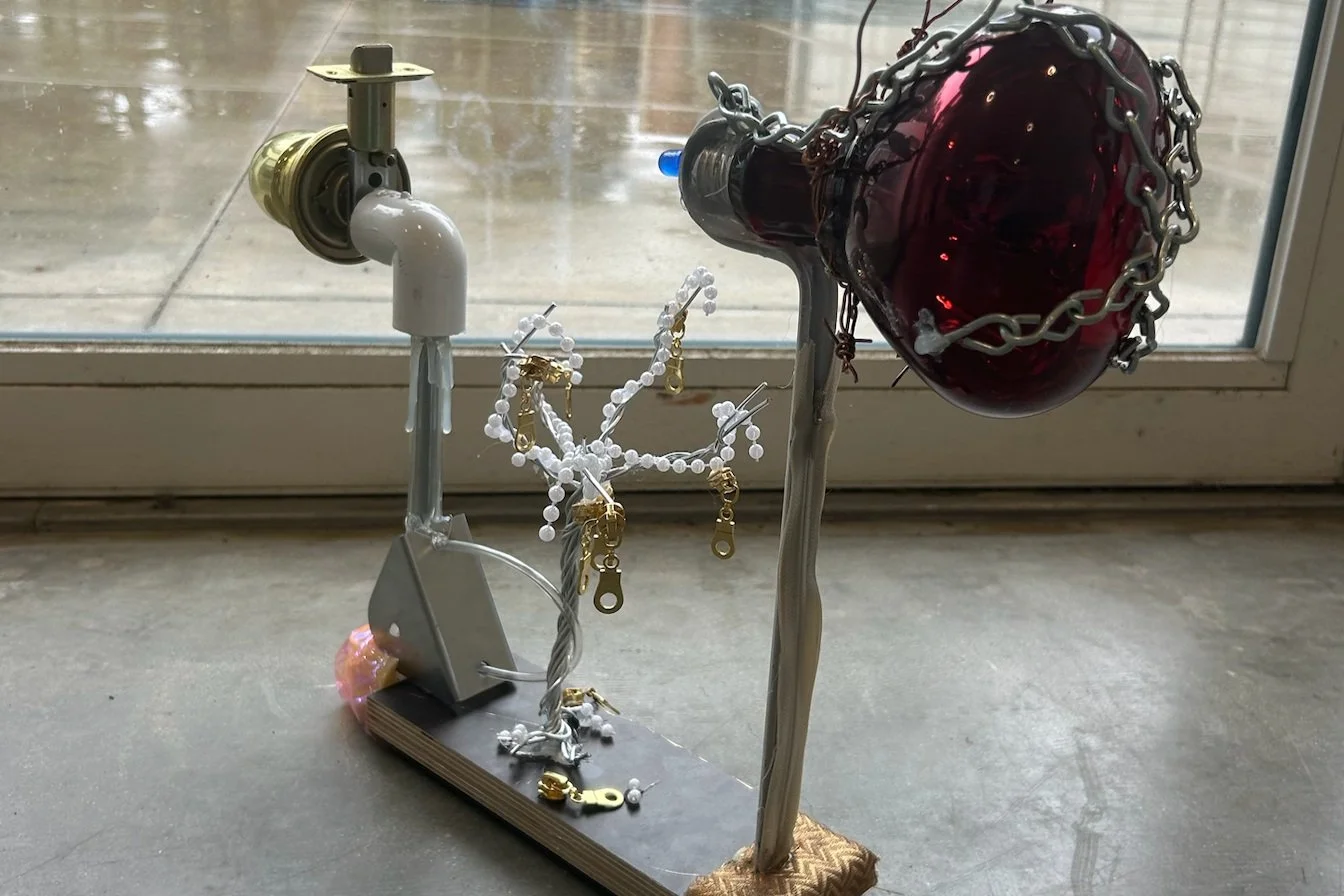Typography
Fall 2023
Discovering typography and exploring it by following a step-by-step process of studying composition complexities. Being able to make clear choices and visualizing the process as a final presentation in a publication. Understanding typography, its legibility, classifications and meaning of form, from a FORMAL approach to an EXPRESSIVE approach.
In this class, students learn to work with Adobe Illustrator, in combination with other Adobe software programs, Photoshop and InDesign, as well as animation or video editing software of choice. Students select one song to work with for the whole quarter and have a working knowledge of the software and have gained basic knowledge about letter forms and the use of typography; being able to set up a grid, establish type hierarchies, understand visual editing and the aesthetics of typography, as well as the ability to create meaningful relationships between content and form.
This assignment adds considerations of time and movement to the design, which allows me to explore how changes to scale, composition, color and type weight animated through movement over time affects spaces and meanings as I explored how movement and scale can represent sound.
Form
Winter 2024
This class is a hands-on studio and lab exploring 3D design and making with physical and digital fabrication tools. The course combines aspects of industrial design, sculpture, engineering, fabrication, traditional crafts and other practices to give students a survey of the many different ways of making.
Students will engage with concepts of measurement, scale, pattern, repetition, function, translation, aesthetic value and communication while engaging in a series of assignments and projects which investigate the potentials of both tool and software based fabrication.
Through these various assignments and projects, students will consider relationships between objects, bodies, technology, language, and ultimately produce their own definition of form with their own personal aesthetic language.
Drawing and Color
Spring 2024
This class is a project-based lab for developing skills applicable to creating visual design work. This course is an introduction to foundational visual communication concepts and software skills in Adobe Photoshop and Illustrator. The course will include short guided exercises and self-directed creative work. We will explore both industry-standard/normative approaches to software and design as well as radical/experimental takes. Exploration of the relationship between concept and image creation while fostering drawing and observation skills.
For drawing, exploration of relationship between concept and image creation while fostering development of sound drawing and observation skills. For color, exploration of development of fundamental skills in mixing and applying pigments with brush on watercolor paper, as well as use of computer as tool for working with colors. Combination of painting and software to be predominant way of exploring and presenting ideas regarding color.
Utilizing gradient as the main design element, create a poster for a cute family farm that grows organic fruit.
Comic that utilizes abstraction, breaking the norm of typical comic strips
Final
Selecting one color as the base color pallete for the majority of the spread, create a magazine spread that showcases childhood and the great joys that come with it.
composition that uses points, lines, and planes to translate a piece of music into a graphic notation
Artistic developmental cover of one of the artist’s favorite books. The cover showcases the Asian experience told through the Michelle Zauner’s story of “Crying in H Mart”
My favorite board game growing up was LIFE because it allowed me to think of the impossible and truly opened me to a world of many different futures. This game showed me that I could be anyone I wanted to be as long as I put my heart and mind to it.
3D Modeling & Motion
Fall 2024
This course introduces theories of three-dimensional form, spatial design, and lighting, utilizing tools designed for motion to construct and animate forms. Students will explore the interaction between time (speed and duration) and form, as well as the distinction between virtual and real form. The course focuses on mastering the fundamentals of 3D modeling and animation using Maya and Blender, and incorporates creative, experimental approaches through hybrid workflows. Key components include weekly tutorials, group discussions, and two major projects: one in Maya and another in Blender. The class emphasizes both technical skill development and creative exploration, with an open and experimental mindset encouraged throughout.
Self-Directed production of a project in dialogue with the class theme of “Existentialism and Self-Consciousness”
Motion
Spring 2025
Create an intro screen, AKA a splash screen, for a video game, either already in existene or imaginary.
This course explores aesthetics and fundamentals of motion and its application to design and media arts through an introduction of the basic concepts and tools for the design of moving images. We will explore both industry-standard/normative approaches to software and design as well as radical/experimental takes. Our aim is to establish a rich understanding of the complex and evolving environment in which artists and designers have been creating moving image art.











